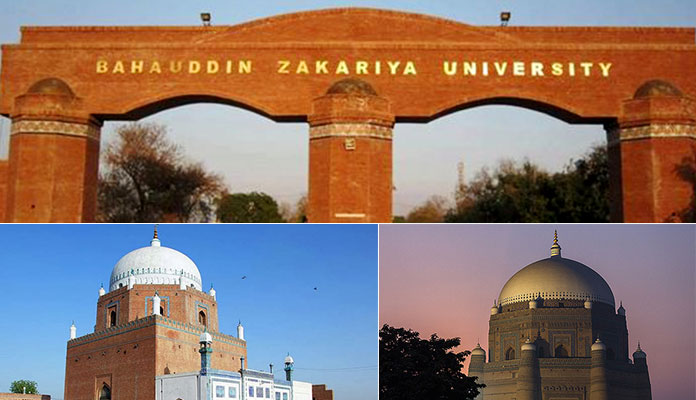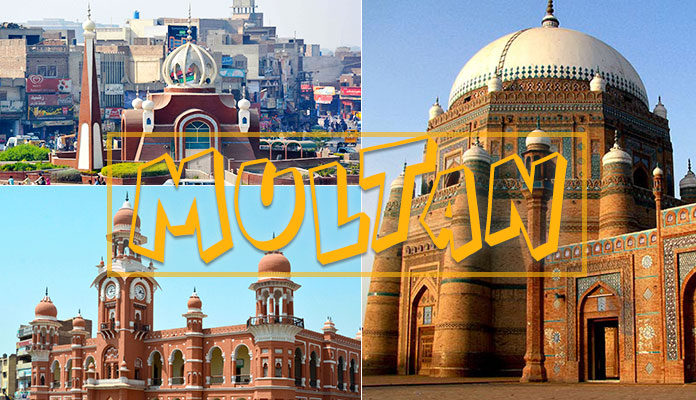Multan, the city of saints, in Punjab, Pakistan has a significant contribution to the rich Sufi culture of Sub-continent. The tradition dates back to the conquest of Sindh by the famous warrior Muhammad Bin Qasim in 712 C.E which paved the way for Arabs’ rule in the region. But it was after the three centuries during the era of Ghaznavid, dynasty when Sufi saints from the Middle East and Central Asia came to Multan for preaching Islam. For being an economic and cultural hub in South Punjab and Sindh region, it was unlikely for the city, to not capture the attention of saints, who frequently visited the place.
Famous Sufi Saints in Multan
Mystics from the orders of Qadria, Chishtia, Soharwardia, Naqshbandia, Azizia and many others contributed to the Sub-continent’s great Sufi culture. They all preached Islam and spread the message of peace to the then Hindu population of the region. In case of Multan saints from the Suharwardia order are more prominent. Notable names in this regard are Baha-ud-din Zakariya Multani, Shah Rukn-e- Alam, Shaykh Sadruddin Arif, Sheikh Zaya-ud-din, Sheikh Burhanudin and others.
Apart from these famous saints of Suharwardia order, who also share the same dynasty, another prominent name is Shah Shamsuddin Sabzwari, who is believed to be from Nizari Ismaili sect of Islam. According to traditions, Kassim Shah, twenty-ninth Ismaili Imam, sent him to South Asia to preach the faith.

Shrines of Saint in Multan
Multan is one of the ancient cities of the world and worth seeing like Lahore and other urban centers of Pakistan. It shares its history with the Indus Valley Civilization which is 5000 years old. Famous Greek warrior Alexander the Great also conquered this city, during his campaign. In modern days, the city is renowned for its shrines that date back to the medieval era. The famous shrine of the Sufi Saint Shah- Rukn-e- Alam, which is located in the fortified walls in the center of the city is a worth seeing cite. The grand structure is not only a mausoleum of a great saint but also a masterpiece of the Islamic architecture that dates back to the medieval era.
Few steps away from the Shah Rukn e Alam’s shrine, there is the mausoleum of Sheykh Baha-ud-din Zakariya Multani. Pilgrims and foreign tourists pay a visit to this mesmerizing place throughout the year. The presence of pigeon flocks, just adds to the mysticism of this spiritual heaven, which offers peace of mind to the broken hearts.
Shrine of Shah Shamsuddin and Mai Meharban are other two places where visitors go the most.
Multan’s Neighborhood and Impact of Sufism on Culture
The Sufi culture of Multan is a fresh blow of air to the otherwise hot weather of the region. The other cities in the Southern Punjab like Jahanian, Uch Shareef and Bahawalpur are also home to many Sufi shrines. The famous Siraiki poet Khwaja Ghulam Fareed’s Sufi poetry is a cultural icon of the region. Multan emerges as a representative and promoter of the Sufi culture due to its central position. There is no doubt that city owns a history which is much older than Islamic era. But, seeing the bright reflection of the ancient culture in the presence of substantial impact of medieval history, shaped by Sufi saints, is not possible.


